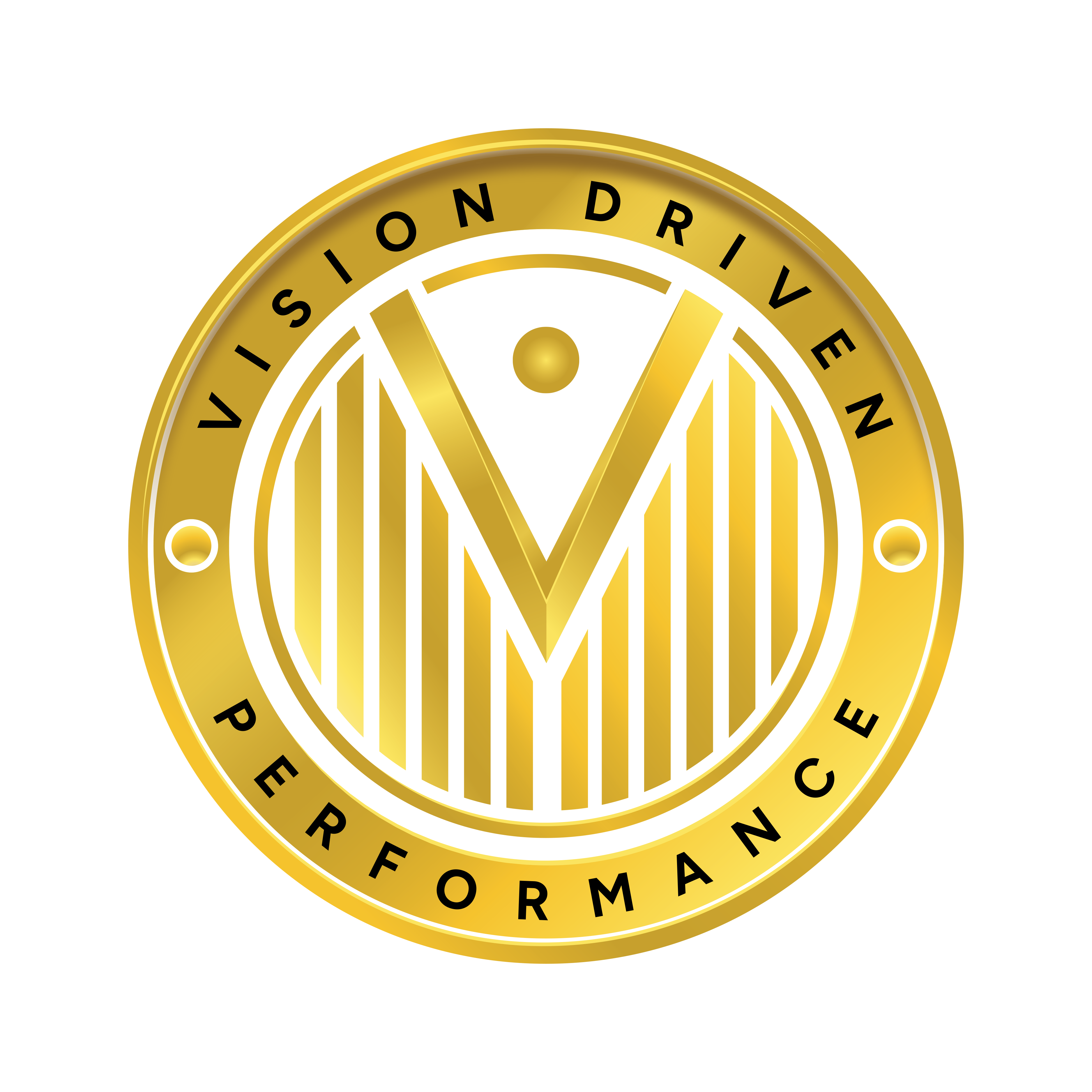The four stages of the planning cycle are…
- Setting Objectives and Goals
- This initial stage involves defining the organization’s mission, vision, and values, as well as establishing specific, measurable, achievable, relevant, and time-bound (SMART) objectives and goals. During this stage, organizations assess their current situation, identify areas for improvement, and determine strategic priorities for the planning period.
- Developing Strategies and Plans
- In this stage, organizations develop strategies and action plans to achieve their objectives and goals. This may involve analyzing internal and external factors, conducting market research, identifying strategic initiatives, and allocating resources effectively. Organizations consider various strategic approaches, such as growth strategies, market expansion, product development, cost leadership, differentiation, and diversification.
- Implementing Plans
- Once strategies and plans are developed, organizations move into the implementation phase, where they execute the action plans, allocate resources, and mobilize personnel to achieve the desired outcomes. This stage involves coordinating activities, monitoring progress, addressing challenges, and making adjustments as needed to ensure that plans are executed effectively and efficiently.
- Evaluating and Reviewing Performance
- The final stage of the planning cycle involves evaluating performance against established objectives and goals, assessing the effectiveness of strategies and plans, and reviewing outcomes to identify lessons learned and opportunities for improvement. Organizations gather feedback, analyze data, measure key performance indicators (KPIs), and conduct performance reviews to inform future planning cycles and decision-making.
These four stages form a continuous and iterative planning process, where organizations cycle through each stage to set direction, formulate strategies, execute plans, and evaluate performance in pursuit of their long-term objectives and goals. By following the planning cycle, organizations can adapt to changing circumstances, capitalize on opportunities, and drive continuous improvement and innovation in their operations and performance.




